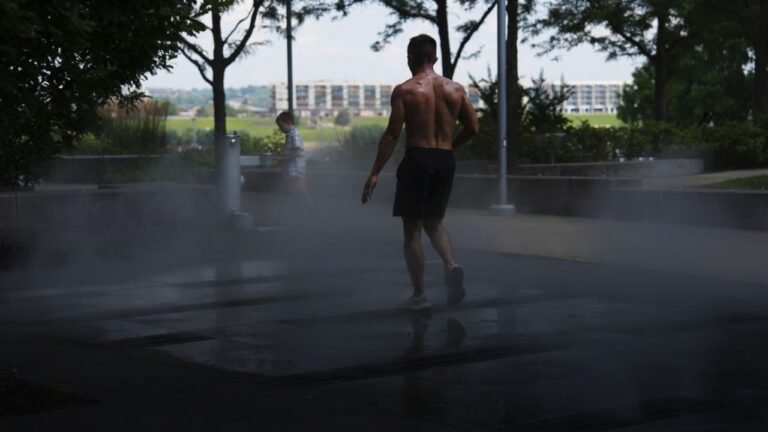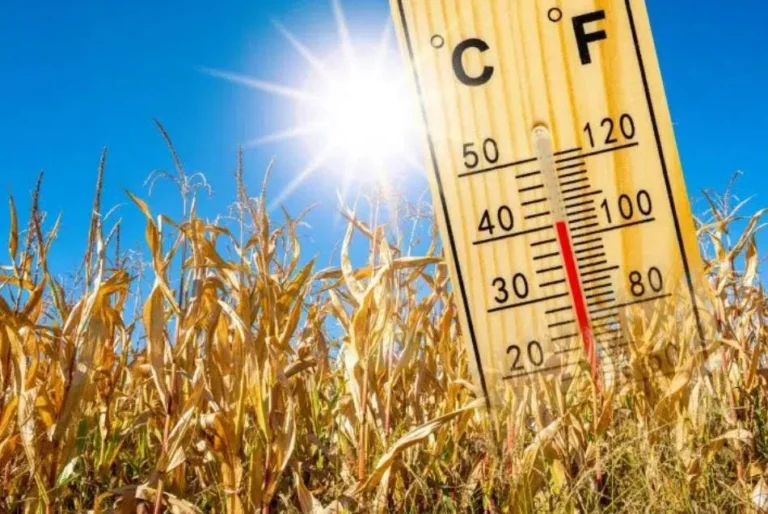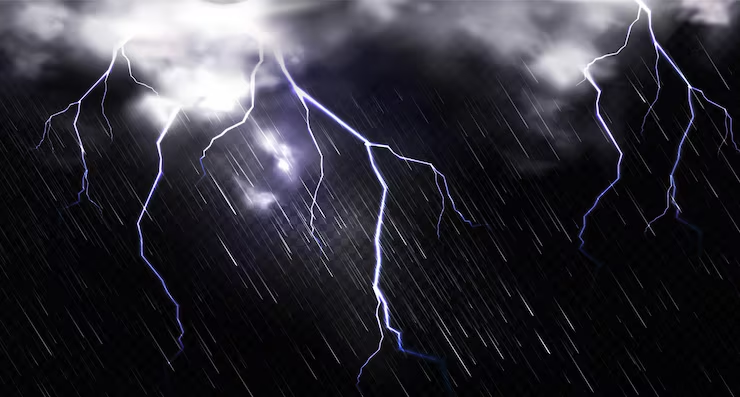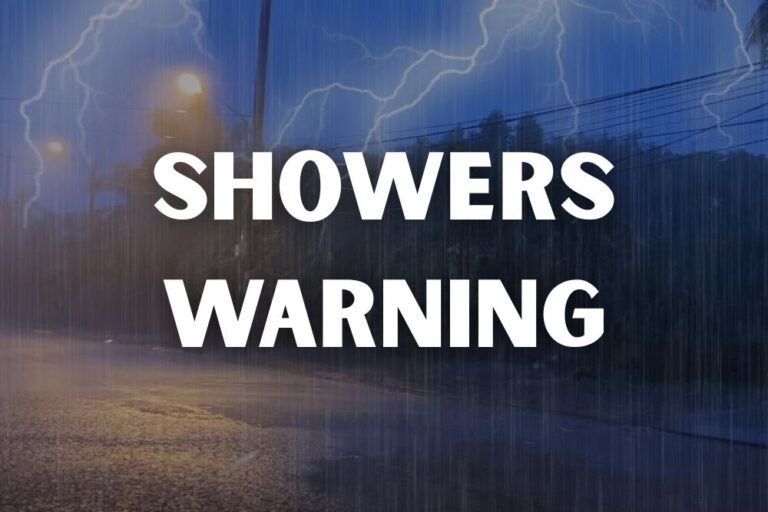South Carolina Weather Alert Issued for Night as Strong Storms Approach
SOUTH CAROLINA — A weather alert was issued Thursday night by the National Weather Service (NWS) in Columbia for several South Carolina counties as strong thunderstorms moved through the area with potentially dangerous impacts.
At 9:38 p.m. on July 31, the NWS issued a thunderstorm advisory until 10:45 p.m. for Richland, Lee, Sumter, and Clarendon counties. According to the alert, wind gusts of up to 50 mph are possible, which could lead to downed tree limbs and unsecured objects being blown around.
“Gusty winds could knock down tree limbs and blow around unsecured objects,” warned the NWS as radar tracked storms from Elliott to Congaree National Park moving east at 20 mph.
Areas Affected by the Storm
The storm system is expected to impact a wide range of areas, including:
- Sumter
- Shaw Air Force Base
- Congaree National Park
- Woods Bay State Park
- Mayesville, Lynchburg, and Eastover
- Interstate 95 (mile markers 128–146)
People in these areas are urged to stay indoors and avoid driving through flooded roads.
Key Safety Tips During the Storm
The NWS advises the public to take the following precautions during lightning and heavy rainfall events:
- Find shelter indoors at the first sound of thunder.
- Once inside, avoid touching electronics, plumbing, or standing near windows.
- Wait 30 minutes after the last lightning strike or thunder before heading back outside.
If indoors is not an option:
- Stay away from open fields, hilltops, tall trees, or metal objects.
- In group settings, spread out to reduce the risk of group electrocution.
- Avoid water bodies and set up camps in valleys rather than ridges.
Driving Tips for Rainy Conditions
Storm-related accidents are common during severe weather. Here’s what you should keep in mind:
- Turn on headlights to improve visibility.
- Drive in middle lanes and on high ground to avoid pooled water.
- Avoid puddles, which may cause hydroplaning.
- Keep your distance from large vehicles to avoid water spray.
- Never drive through flooded roads — flash floods can sweep cars away.
Understanding Hydroplaning
Hydroplaning happens when a vehicle loses traction on wet roads, causing it to slide uncontrollably on a thin layer of water. Key causes include:
- Speed — The faster you’re driving, the less grip you have.
- Water depth — Even shallow puddles can be dangerous.
- Tire condition — Bald tires are more likely to slide.
If you hydroplane:
- Ease off the accelerator — don’t brake suddenly.
- Turn into the skid to regain control.
- Wait for tires to reconnect with the road, then steer gently.
- Brake softly if needed (pump brakes in older vehicles).
What Comes Next
This particular alert expired at 10:45 p.m. Thursday, but with summer storms continuing across South Carolina, the NWS urges residents to stay weather-aware and follow local alerts for any new advisories.
Read more breaking weather and safety updates at saludastandard-sentinel.com.







